 |
| Πιθανές οδεύσεις ισραηλινού φυσικού αερίου. Πηγή: Αντωνία Δήμου (2016) |
With Erdogan now in office for another five years and possibly longer, the expectation in Jerusalem is that it is only a matter of time before he invites Netanyahu for a visit to Ankara.
By YAAKOV KATZ, JUNE 2, 2023 04:16
A little over two weeks after he swept the last election in November, Benjamin Netanyahu received a phone call from Ankara. Turkish President Recep Tayyip Erdogan was on the line for the first call between the two leaders in over nine years.
In a statement that Netanyahu’s office put out, the incoming prime minister said that he agreed with Erdogan “to work together to launch a new era in ties between Turkey and Israel” and after Erdogan’s victory in the second round of elections on Sunday, that “new era” has now come.
Both leaders are now solidly in their leadership roles – as solid as one can be in the Israeli political system – and both now have an opportunity to confront some of the tough and challenging issues on their nation’s joint agenda. The first and foremost is gas.
With Erdogan now in office for another five years and possibly longer, the expectation in Jerusalem is that it is only a matter of time before he invites Netanyahu for a visit to Ankara. It is there that he will want to discuss ways to get his hands on Israel’s gas and to serve as the main energy conduit from the eastern Mediterranean to mainland Europe.
In Israel, there is already a debate within government and defense circles about what to do, whether the country can rely on Turkey and if it is safe to put its gas in the hands of a man who not that long ago was one of the most vile and vocal antisemites in the world.
“It would be a huge mistake to send the gas through Turkey and have Erdogan’s finger on the Israeli faucet,” explained one former top defense official who until not that long ago was intimately involved in Israeli-Turkey relations.
The concern in Israel is that Erdogan has not really changed. They recall the man who in 2009 walked off the stage at the World Economic Forum in Davos to not to have to share it with Shimon Peres or likened Israeli operations in Gaza to Nazi atrocities. What has changed, some officials claim, is simply a geopolitical understanding that Turkey needs Israel to boost Ankara’s value in Europe and to, as a result, lift the local and failing Turkish economy.
Three options for the Israeli prime minister
AT THE moment, there are three options that are on the table for Netanyahu to rule between. The first is the long-touted EastMed pipeline that would run for about 1,900 km. and connect gas fields in Israeli, Greek and Cypriot economic waters and transport it to mainland Europe. Former Likud minister Yuval Steinitz was the main proponent of this plan and for years it seemed viable, helping Jerusalem forge closer ties with Nicosia and Athens. [iEpikaira: Ο Yuval Steinitz ήταν αυτός που προωθούσε αγωγό προς την Τουρκία και όχι τον EastMed. Περισσότερα ΕΔΩ και ΕΔΩ!]
The problem is that for all the talks and meetings that have gone into this idea it has not moved forward, mainly because of the price tag for such a long pipeline that would reach over $6 billion and take years to lay at the bottom of the Mediterranean.
Despite the skepticism, Foreign Minister Eli Cohen was recently in Nicosia for a meeting with his Cypriot and Greek counterparts during which the trio discussed the pipeline project. In addition, the Italian parliament’s foreign affairs committee called on the government to help promote the initiative, in which Italy’s leading energy company Edison is considering investing.
 |
| Γενικό σχεδιάγραμμα του προτεινόμενου νέου ισραηλοκυπριακού αγωγού φυσικού αερίου. Πηγή: energymag.gr |
The second – and deemed to be more feasible – option is the construction of a shorter underwater pipeline that would connect Israel’s gas fields with Vassilikos, Cyprus, where an liquefied natural gas (LNG) terminal is currently in the final stages of completion. There, the Israeli gas can be liquified, loaded onto boats and then shipped to Europe. In effect, this is a shorter model to the one that Israel currently uses in Egypt where it already pipes gas that is then liquified in Damietta and shipped – albeit on a longer route – to Europe.
[iEpikaira: Αυτός ο ισραηλοαιγυπτιακός αγωγός είναι αποτυπωμένος στο χάρτη Μπάιντεν παρακάτω και είναι ήδη σε λειτουργία.
 |
| Αντιπαραβολή χάρτη Μπάιντεν (σε ασπρόμαυρο φόντο για ευκρίνεια) με το γενικό σχεδιάγραμμα του προεκτεινόμενου νέου ισραηλοκυπριακού αγωγού φυσικού αερίου (παραπάνω). Πηγή: iEpikaira |
1.O υφιστάμενος αγωγός αερίου «Karish – Dor» προμηθεύει την εγχώρια αγορά και δίνει πρόσβαση στον Arab Gas Pipeline.
2.O υφιστάμενος αγωγός αερίου Arab Gas Pipeline, δυναμικότητας 10 δισ. κυβικά μέτρα ετησίως μέσω του οποίου εξάγονται ποσότητες σε Αίγυπτο και Ιορδανία (αποτυπωμένος και στους σχεδιασμούς του γνωστού χάρτη Μπάιντεν).
3.Ο σχεδιασμένος αγωγός αερίου Nitsana που θα συνδέει Ισραήλ – Αίγυπτο, με δυναμικότητα 6 δισ. κυβικά μέτρα ετησίως
4.Οι τερματικοί σταθμοί LNG της Αιγύπτου (Idku και Damietta) με δυναμικότητα 17 δισ. κυβικά μέτρα ετησίως (αποτυπωμένοι και στον χάρτη Μπάιντεν).
5.Προτεινόμενος (από την «Energean») νέος ισραηλοκυπριακός αγωγός για την εξαγωγή ισραηλινού φ/α από το κοίτασμα «Karish» στον νέο σταθμό υγροποίησης όπου σχεδιάζεται να κατασκευαστεί στο Βασιλικό της Κύπρου.
Σημείωση: Οι οδεύσεις των αγωγών με διακεκομμένες γραμμές (ήτοι 1, 3 και 5) δεν είναι οι πραγματικές αλλά ενδεικτικές ως προς το σημείο εξαγωγής και τον τελικό προορισμό. Γι' αυτό ο αγωγός 5 παρουσιάζεται να διέρχεται την ΑΟΖ του Λιβάνου, κάτι που δεν υφίσταται ως ενδεχόμενο.]
And then there is the Turkish proposal. On the one hand, it is attractive since a new pipeline would give Israel direct access to the Southern Corridor Pipeline that already runs through Turkey and connects the Caucasus with Europe. This would provide Israel with a clear path to Europe without needing to run 1,900 km. worth of pipes on the seabed. One challenge, that has yet to be worked, out would be getting Cyprus – a country embroiled in conflict with Turkey – to agree to run a pipe from Israeli gas fields to Turkey through its territorial waters. [iEpikaira: Ο συγκεκριμένος ισραηλοτουρκικός αγωγός είναι αποτυπωμένος στο χάρτη Μπάιντεν παρακάτω. Είναι ο αγωγός τον οποίο το 2016 ο Yuval Steinitz (π. ΥΠΕΝ επί Νετανιάχου) πρότεινε στον Ερντογάν.]
 |
| Χάρτης Μπάιντεν: Αγωγός φ/α από τα ισραηλινά κοιτάσματα στην Τουρκία. Μια πάγια επιδίωξη της Τουρκίας ως αντιστάθμισμα στον EastMed. Πηγή: mcclatchydc.com |
Europe is pushing for an answer and is looking to begin work on one of the three options as soon as possible with the aim of seeing some of the Israeli gas flow to the continent by 2026 or 2027. With the war in Ukraine still raging, Europe does not want to have to return to relying on one source for its energy supply. It wants diversity and that is something it can receive from Israel.
And this is where Erdogan comes into the picture. Can Israel trust him and can Israeli-Turkish relations return to what they once were? Until 2009, for example, Israeli Air Force jets regularly trained in Turkish airspace and Israeli defense companies sold billions of dollars of technology to the Turkish military. Can this alliance be restored?
There is no clear answer, and Israel will need to tread carefully. On the one hand, putting the future of its gas exports in the hands of a man who intentionally deteriorated relations is not the smartest move. Beyond the risk, doing so will also undermine Israel’s close ties with Greece and Cyprus.
On the other hand, rejecting the offer could put Israeli-Turkish relations, which have only recently begun to thaw, back on ice. Might this be an opportunity for Israel to restore close relations with a regional superpower and member of NATO?
[iEpikaira: Όλα τα επεξηγηματικά διαγράμματα/χάρτες, προστέθηκαν από το iEpikaira και δεν υπάρχουν στο δημοσιευμένο κείμενο.]
Source: https://www.jpost.com/opinion/article-744976
Οι περισσότεροι διαβάζουν και ΕΔΩ...



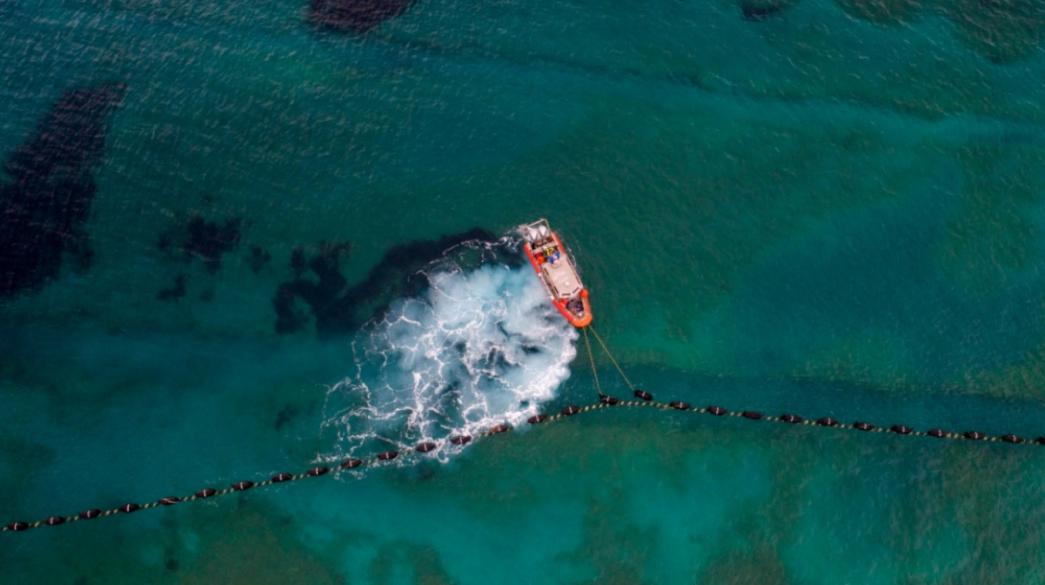
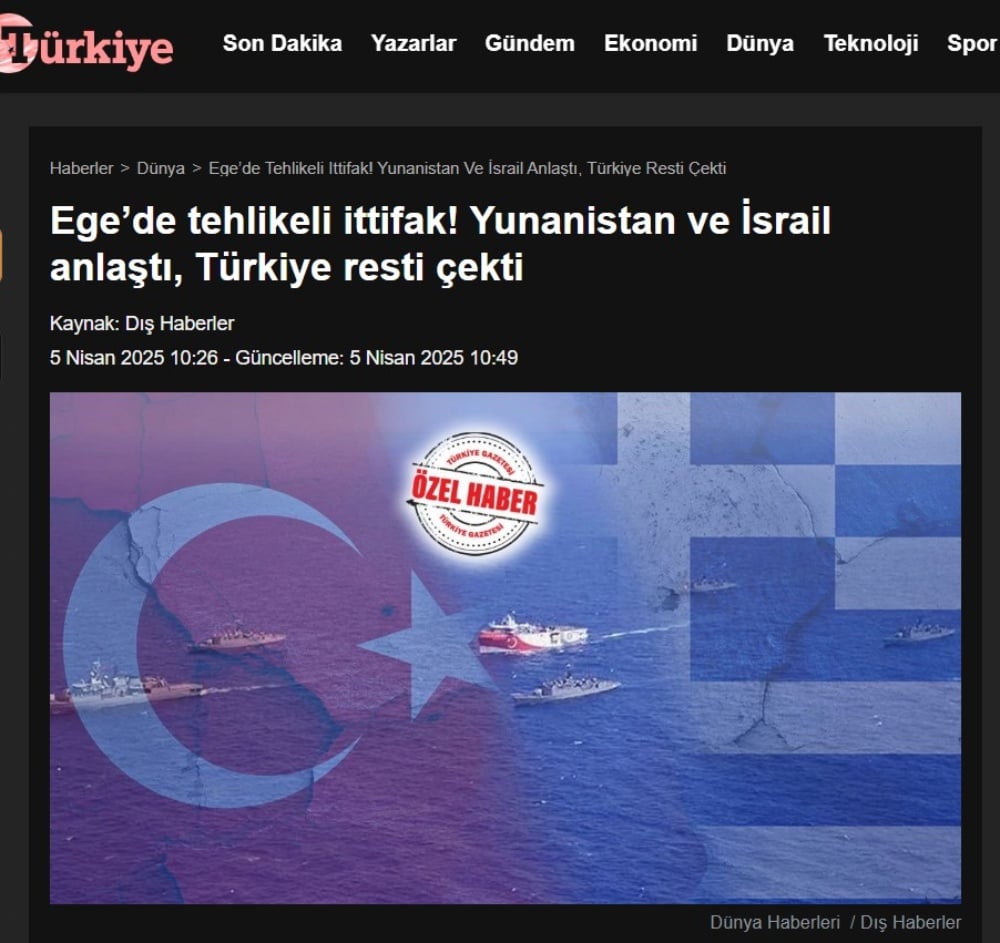 Ολόκληρο το δημοσίευμα της «Türkiye» έχει ως ακολούθως:
Ολόκληρο το δημοσίευμα της «Türkiye» έχει ως ακολούθως:
 Πηγαίνοντας τον χρόνο πίσω στην Ιστορία, που δεν ξεγράφεται, σύντομα μετά την έναρξη του Αγώνα της ΕΟΚΑ για Ένωση με την Ελλάδα, οι Βρετανοί αποικιοκράτες διερωτώντο τι να ονόμαζαν τους αγωνιστές μας. Το πλούσιο βρετανικό Εθνικό Αρχείο μάς ενημέρωσε ΚΑΙ για τούτο.
Πηγαίνοντας τον χρόνο πίσω στην Ιστορία, που δεν ξεγράφεται, σύντομα μετά την έναρξη του Αγώνα της ΕΟΚΑ για Ένωση με την Ελλάδα, οι Βρετανοί αποικιοκράτες διερωτώντο τι να ονόμαζαν τους αγωνιστές μας. Το πλούσιο βρετανικό Εθνικό Αρχείο μάς ενημέρωσε ΚΑΙ για τούτο.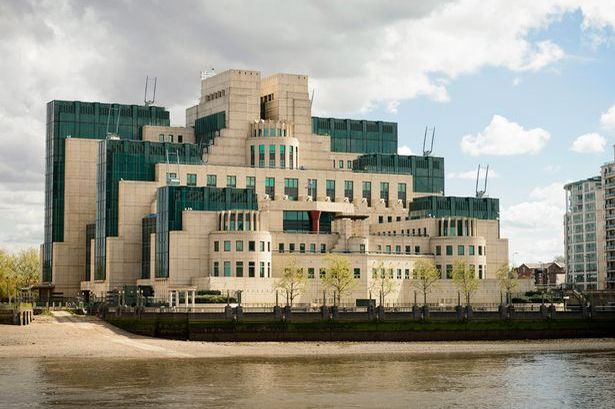
 Η φωτογραφία αυτή από το Αρχείο της ΜΙ5 καθώς μέλη της σε Εργαστήριο ελέγχουν ταχυδρομείο για μυστικά μηνύματα κατά τον Πρώτο Παγκόσμιο Πόλεμο.
Η φωτογραφία αυτή από το Αρχείο της ΜΙ5 καθώς μέλη της σε Εργαστήριο ελέγχουν ταχυδρομείο για μυστικά μηνύματα κατά τον Πρώτο Παγκόσμιο Πόλεμο.

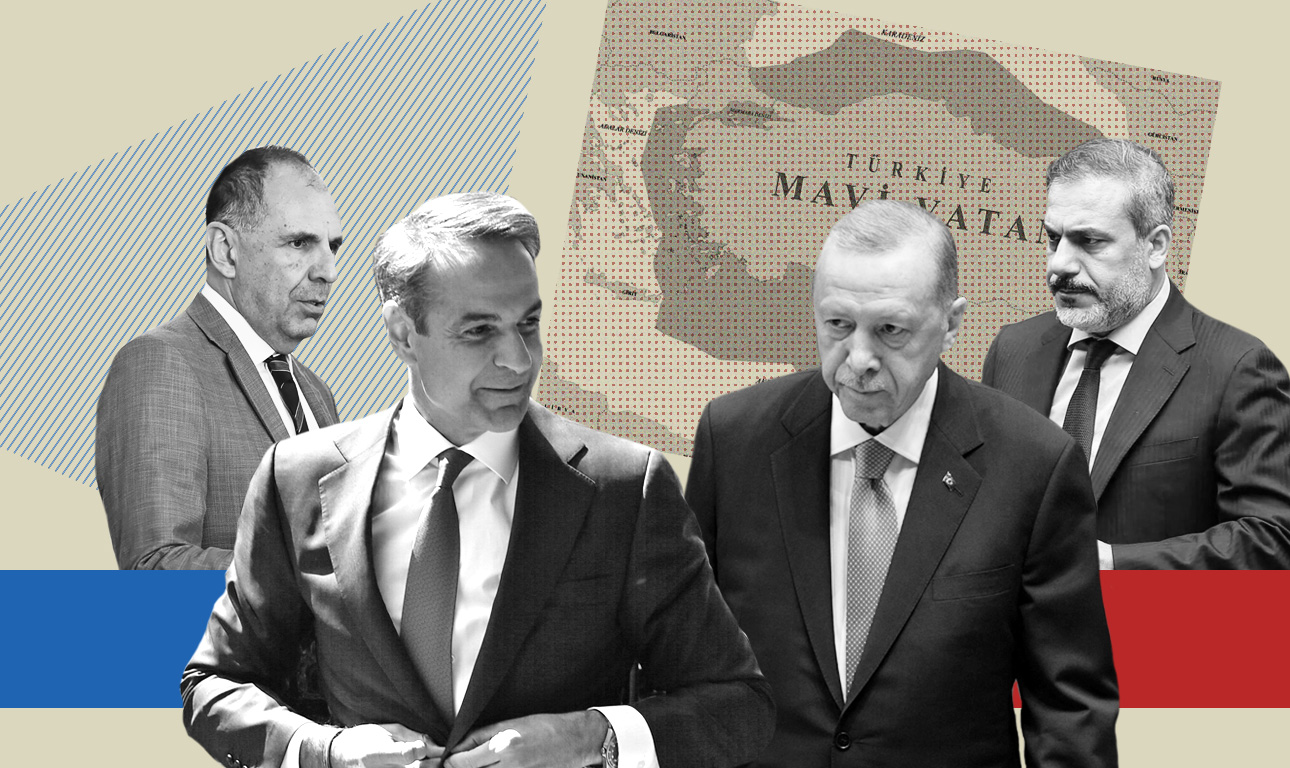




 Μεγάλη ισραηλινή δύναμη προωθήθηκε από τη νεκρή ζώνη στα Κατεχόμενα Υψίπεδα του Γκολάν προς την πόλη Nawa, στην επαρχία Daraa
Μεγάλη ισραηλινή δύναμη προωθήθηκε από τη νεκρή ζώνη στα Κατεχόμενα Υψίπεδα του Γκολάν προς την πόλη Nawa, στην επαρχία Daraa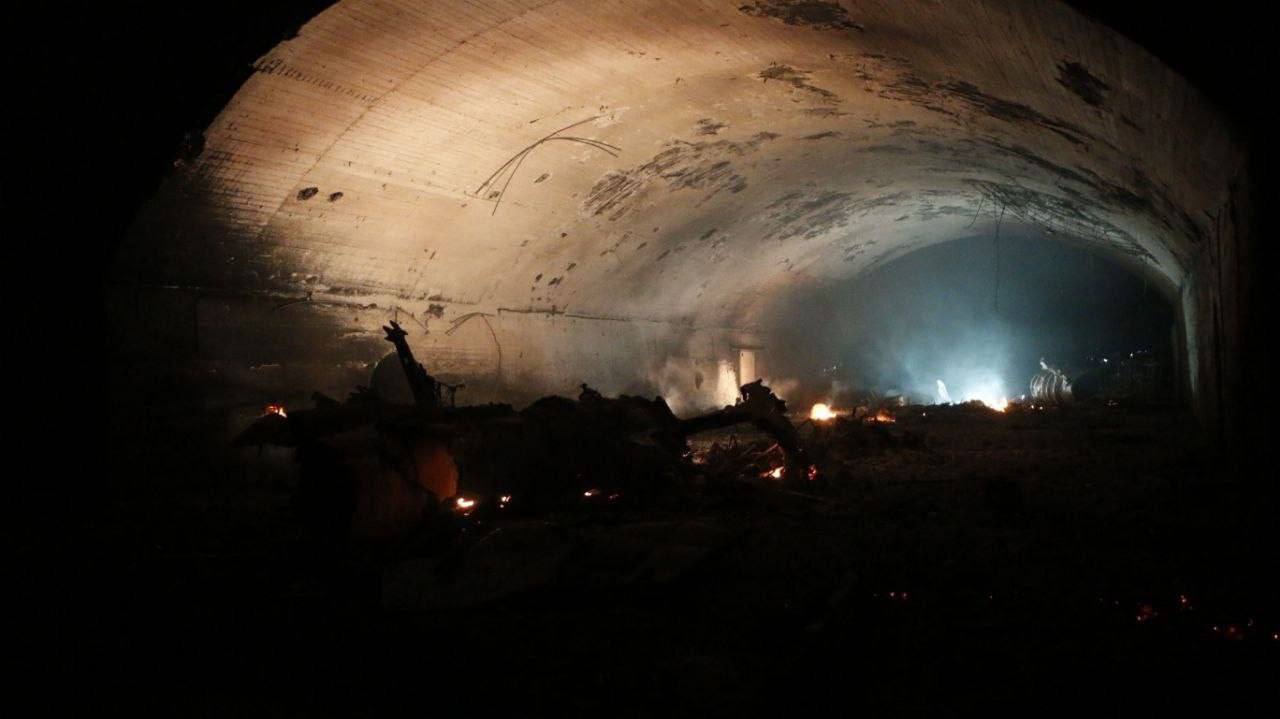 Σύμφωνα με την ανακοίνωση, στρατιώτες της 474ης Ταξιαρχίας του Γκολάν ανταπέδωσαν τα πυρά και "εξουδετέρωσαν" αρκετούς ενόπλους τόσο στο έδαφος όσο και από αέρος.Οι Ισραηλινοί τόνισαν ότι δεν υπήρξαν απώλειες στις τάξεις τους και ότι η επιχείρηση ολοκληρώθηκε επιτυχώς.Ωστόσο, το κρατικό συριακό πρακτορείο ειδήσεων SANA έκανε λόγο για εννέα νεκρούς σε ισραηλινά πλήγματα στην περιοχή Harsh Sad al-Jubailiya, μεταξύ Nawa και Tasil, περιγράφοντας την επίθεση ως "σφαγή".Αυτό ήταν το δεύτερο περιστατικό μέσα σε λίγες ημέρες όπου Ισραηλινοί στρατιώτες δέχονται επίθεση στη νότια Συρία μετά την κατάληψη της νεκρής ζώνης.
Σύμφωνα με την ανακοίνωση, στρατιώτες της 474ης Ταξιαρχίας του Γκολάν ανταπέδωσαν τα πυρά και "εξουδετέρωσαν" αρκετούς ενόπλους τόσο στο έδαφος όσο και από αέρος.Οι Ισραηλινοί τόνισαν ότι δεν υπήρξαν απώλειες στις τάξεις τους και ότι η επιχείρηση ολοκληρώθηκε επιτυχώς.Ωστόσο, το κρατικό συριακό πρακτορείο ειδήσεων SANA έκανε λόγο για εννέα νεκρούς σε ισραηλινά πλήγματα στην περιοχή Harsh Sad al-Jubailiya, μεταξύ Nawa και Tasil, περιγράφοντας την επίθεση ως "σφαγή".Αυτό ήταν το δεύτερο περιστατικό μέσα σε λίγες ημέρες όπου Ισραηλινοί στρατιώτες δέχονται επίθεση στη νότια Συρία μετά την κατάληψη της νεκρής ζώνης.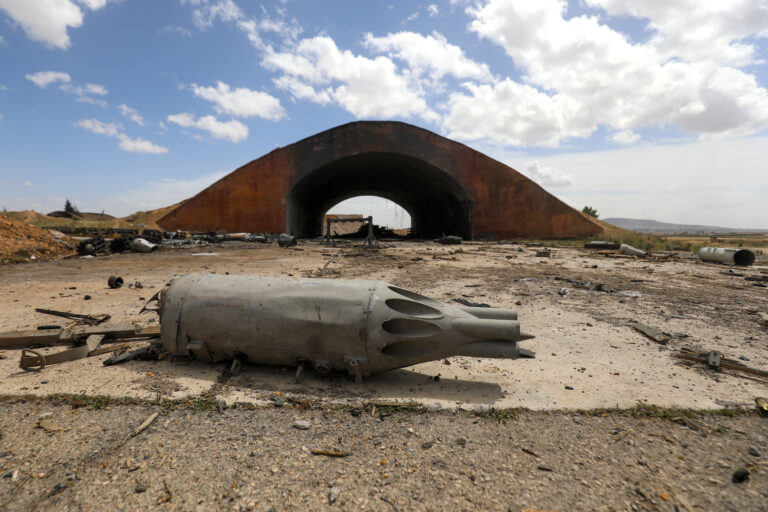 Οι ένοπλες δυνάμεις του Ισραήλ εξαπέλυσαν χθες Πέμπτη νέα αεροπορικά πλήγματα εναντίον στρατιωτικών στόχων κοντά στη Δαμασκό, ανακοίνωσε ΜΚΟ, παρά την προειδοποίηση ειδικού επιτετραμμένου του ΟΗΕ, που κατηγόρησε την ισραηλινή ηγεσία πως επιδιώκει να «αποσταθεροποιηθεί» η Συρία.
Οι ένοπλες δυνάμεις του Ισραήλ εξαπέλυσαν χθες Πέμπτη νέα αεροπορικά πλήγματα εναντίον στρατιωτικών στόχων κοντά στη Δαμασκό, ανακοίνωσε ΜΚΟ, παρά την προειδοποίηση ειδικού επιτετραμμένου του ΟΗΕ, που κατηγόρησε την ισραηλινή ηγεσία πως επιδιώκει να «αποσταθεροποιηθεί» η Συρία.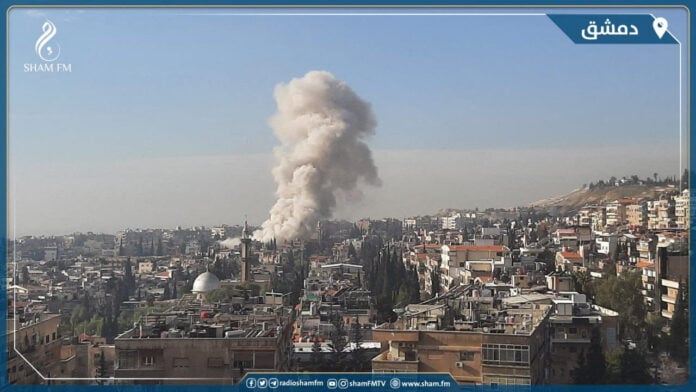 Το Ισραήλ έχει εξαπολύσει εκατοντάδες αεροπορικές επιδρομές στη Συρία αφότου συμμαχία ισλαμιστικών οργανώσεων ανέτρεψε τον πρόεδρο Μπασάρ αλ Άσαντ την 8η Δεκεμβρίου
Το Ισραήλ έχει εξαπολύσει εκατοντάδες αεροπορικές επιδρομές στη Συρία αφότου συμμαχία ισλαμιστικών οργανώσεων ανέτρεψε τον πρόεδρο Μπασάρ αλ Άσαντ την 8η Δεκεμβρίου
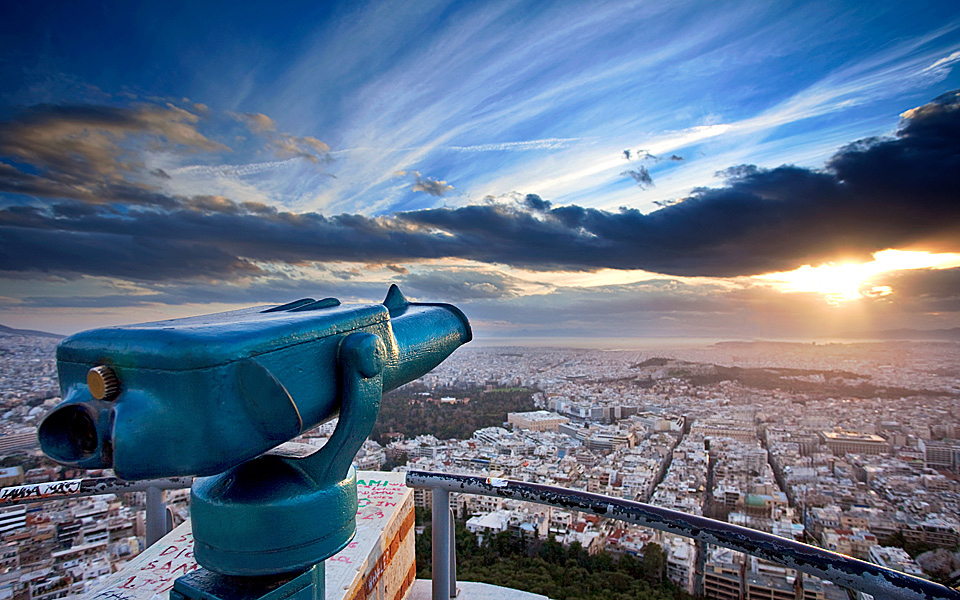
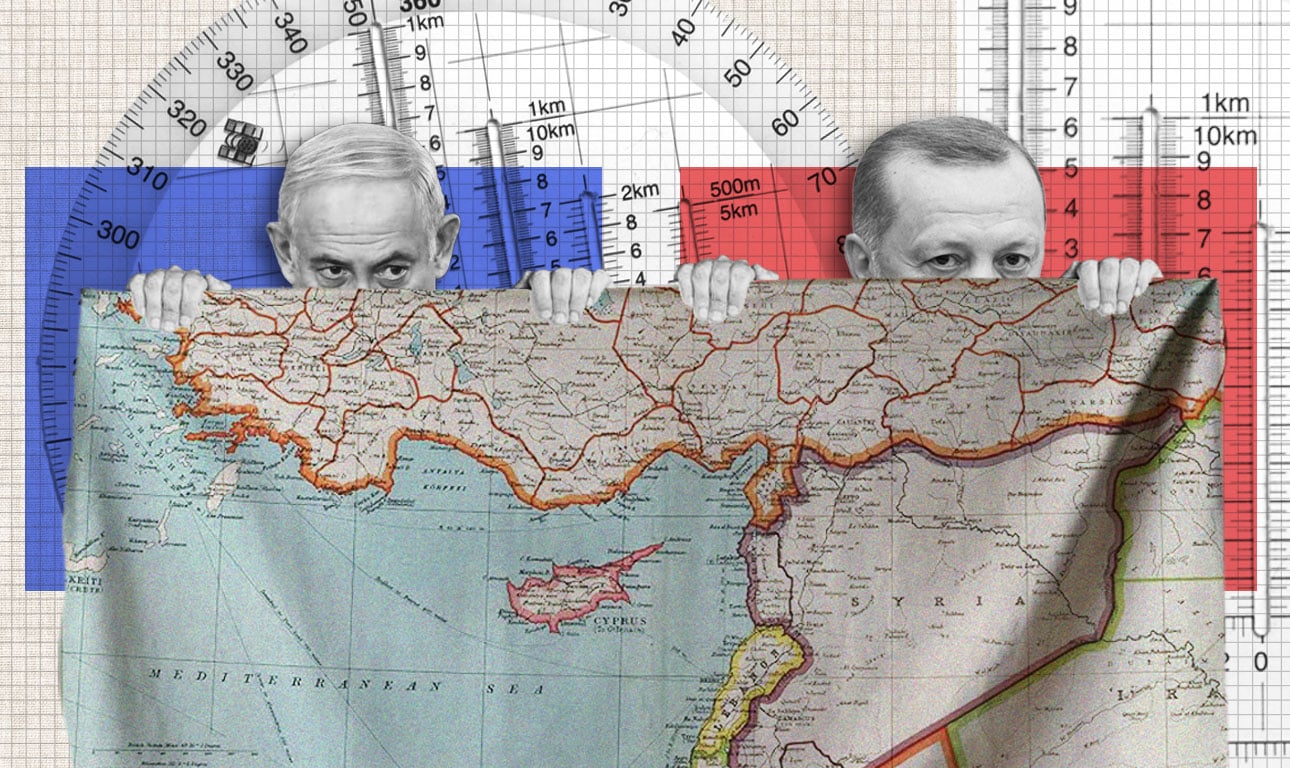
 Syria's newly appointed president for a transitional phase Ahmed al-Shaara meets with Turkey's President Recep Tayyip Erdogan at the Presidential Palace in Ankara, Turkey, February 4, 2025. (credit: MURAT CETINMUHURDAR/PPO/HANDOUT VIA REUTERS)
Syria's newly appointed president for a transitional phase Ahmed al-Shaara meets with Turkey's President Recep Tayyip Erdogan at the Presidential Palace in Ankara, Turkey, February 4, 2025. (credit: MURAT CETINMUHURDAR/PPO/HANDOUT VIA REUTERS) A person carries a Turkish flag as people take part in a protest against the arrest of Istanbul Mayor Ekrem Imamoglu as part of a corruption investigation, in Istanbul, Turkey, March 24, 2025. (credit: REUTERS/MURAD SEZER)
A person carries a Turkish flag as people take part in a protest against the arrest of Istanbul Mayor Ekrem Imamoglu as part of a corruption investigation, in Istanbul, Turkey, March 24, 2025. (credit: REUTERS/MURAD SEZER)
 «Η πιθανή πώληση στην Τουρκία πυραύλων Meteor, παραγωγής MBDA, έχει εξοργίσει τους Έλληνες που φοβούνται για την ασφάλεια του εναέριου χώρου τους. Το Παρίσι διαβεβαιώνει ότι δεν έχει το πάνω χέρι».
«Η πιθανή πώληση στην Τουρκία πυραύλων Meteor, παραγωγής MBDA, έχει εξοργίσει τους Έλληνες που φοβούνται για την ασφάλεια του εναέριου χώρου τους. Το Παρίσι διαβεβαιώνει ότι δεν έχει το πάνω χέρι».
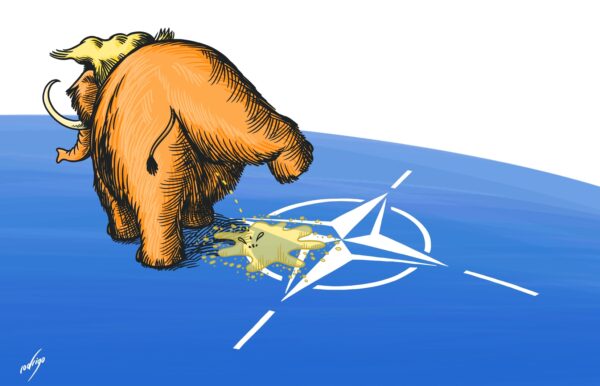

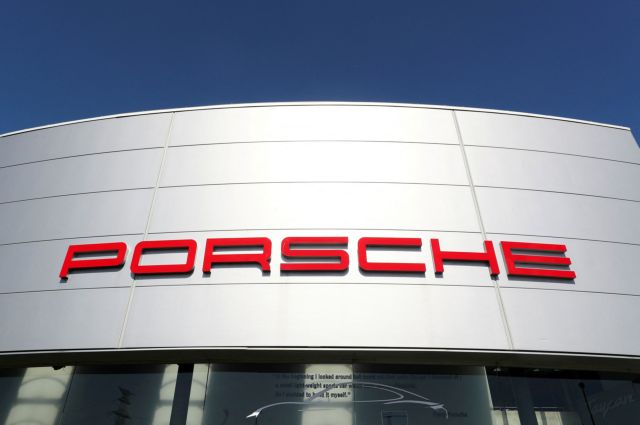

 Για τον Ρίτσαρντ Κοτλ, ιδιοκτήτη μιας επιχείρησης τσιμέντου στο νησί Νόρφολκ, μία μπορεί να είναι η εξήγηση για την απόφαση του Αμερικανού προέδρου Ντόναλντ Τραμπ να επιβάλει δασμούς 29% στις εξαγωγές του μικρού νησιού που βρίσκεται περίπου 1.000 χιλιόμετρα από τις ακτές της ανατολικής Αυστραλίας: "ήταν απλώς ένα λάθος".
Για τον Ρίτσαρντ Κοτλ, ιδιοκτήτη μιας επιχείρησης τσιμέντου στο νησί Νόρφολκ, μία μπορεί να είναι η εξήγηση για την απόφαση του Αμερικανού προέδρου Ντόναλντ Τραμπ να επιβάλει δασμούς 29% στις εξαγωγές του μικρού νησιού που βρίσκεται περίπου 1.000 χιλιόμετρα από τις ακτές της ανατολικής Αυστραλίας: "ήταν απλώς ένα λάθος".



%20(1).jpg)

